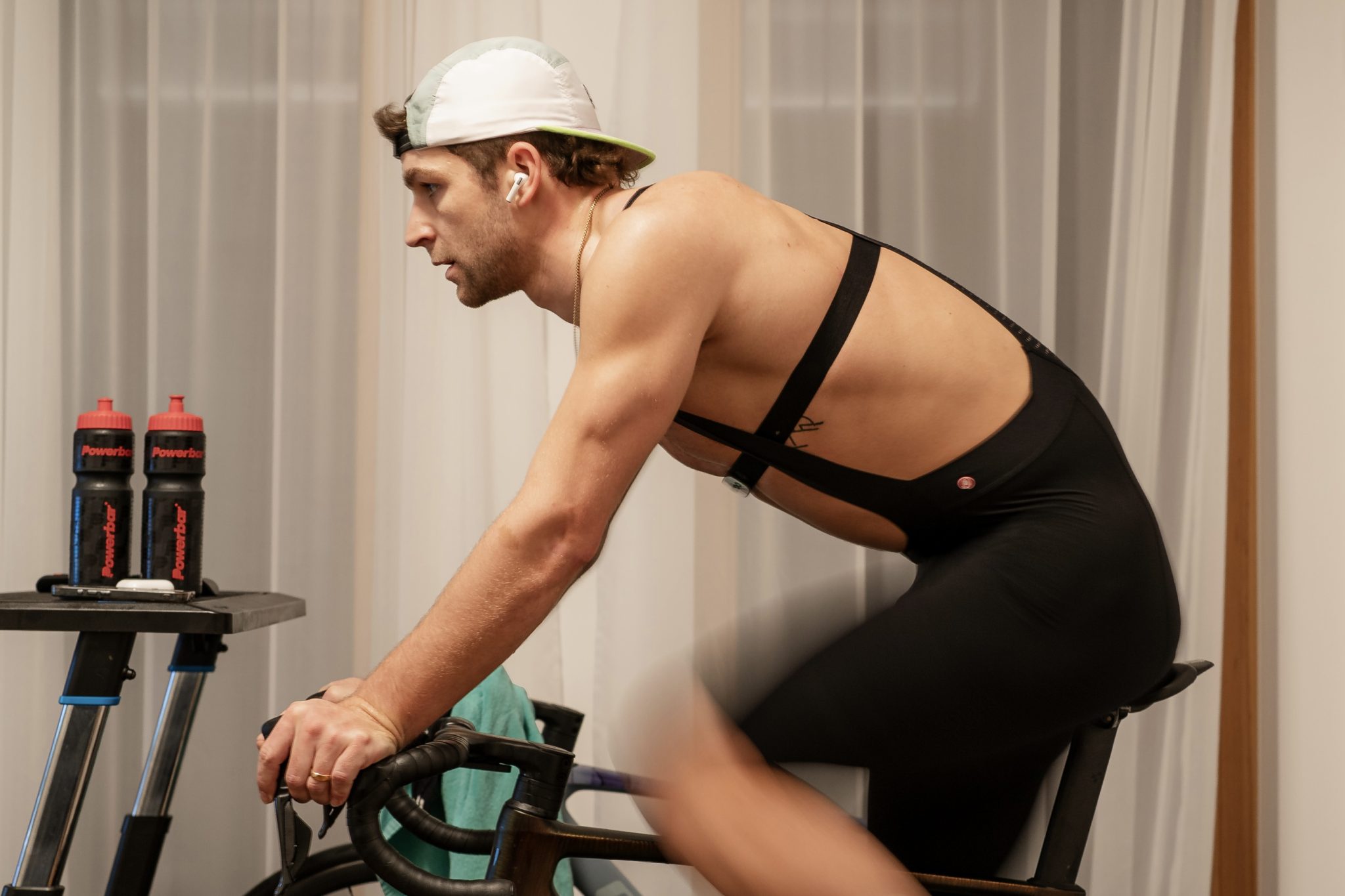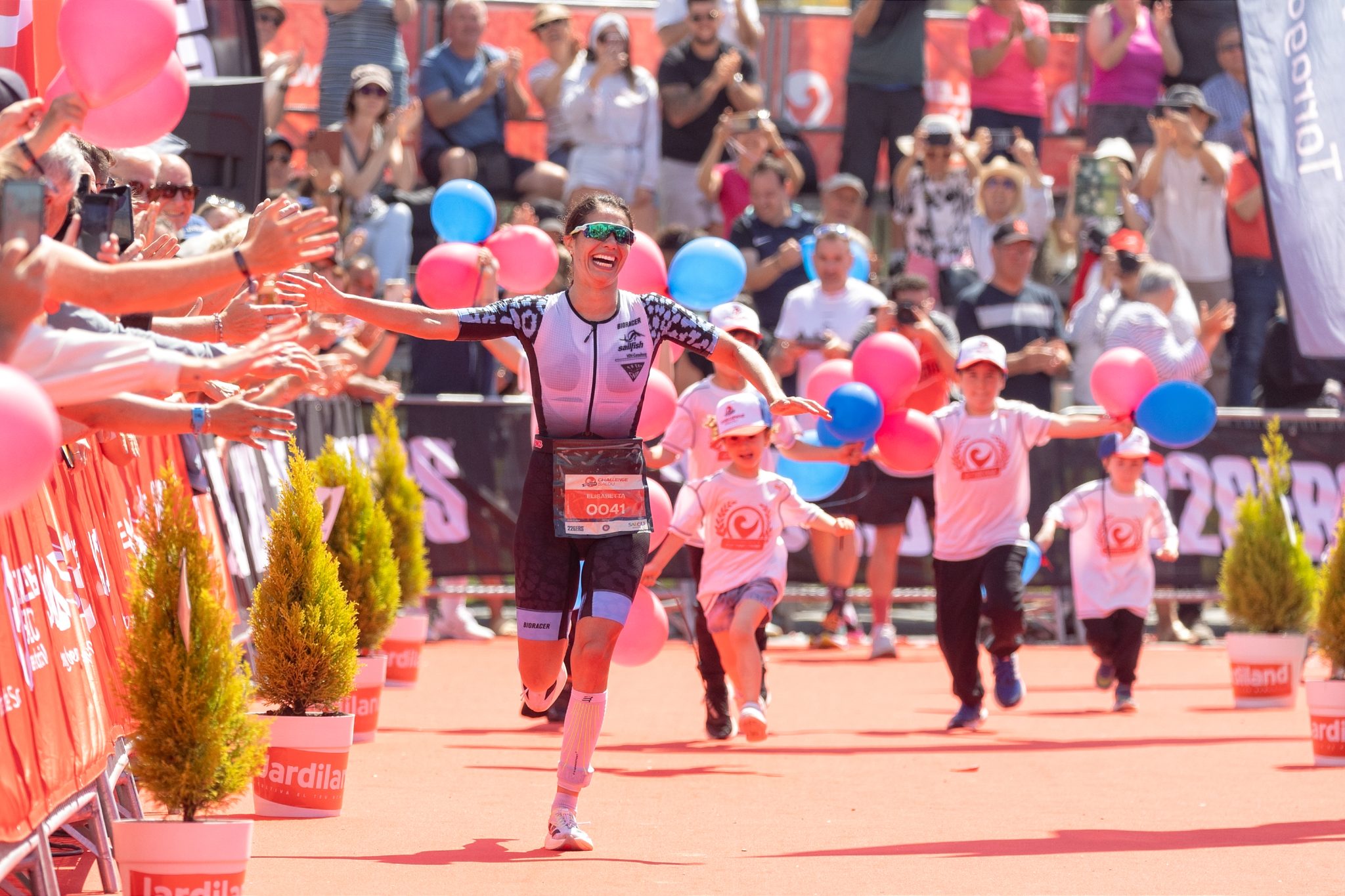By Coach Lance Watson.
Heart Rate Variability (HRV) is a critical metric for endurance athletes, particularly triathletes, to monitor their training and recovery. HRV measures the variation in time between each heartbeat. This variation is controlled by the autonomic nervous system. A higher HRV typically indicates a well-recovered, resilient system, while a lower HRV can signal stress, fatigue, or overtraining.
Monitoring HRV with Wearable Technology
Wearable technology, such as chest straps, smartwatches, and dedicated HRV monitors, has made it easier than ever to track HRV in real-time. Devices like the WHOOP band, Wahoo TRACKR, Oura Ring, or Garmin smartwatches use sensors to detect changes in blood volume with each heartbeat, allowing for accurate HRV measurement. These devices often sync with smartphone apps that use AI algorithms to analyze your HRV data, offering insights into your stress levels, recovery, and overall health.
AI plays a crucial role in interpreting HRV data by identifying patterns that might not be immediately apparent. For example, AI can assess trends over days or weeks, correlating HRV with other metrics like sleep quality, training load, and daily activities. This helps in understanding how your body is responding to training and other stressors, enabling more personalized and effective training strategies.
Incorporating HRV into Your Training Regime
Incorporating HRV into your training regimen requires an understanding of how your body responds to different stressors. By tracking HRV daily, you can make informed decisions about when to push hard or take it easy. For instance, if your HRV is significantly lower than your baseline, it may be a signal to reduce training intensity or focus on recovery activities like light swimming, yoga, or stretching. On the other hand, a higher-than-normal HRV might indicate that you’re well-recovered and ready to tackle a more challenging interval or brick session.
Leveraging AI with Humango for HRV Analysis
Humango, an AI-driven training platform, takes HRV analysis to the next level. By integrating with your wearable devices, Humango’s AI can analyze your HRV trends in the context of your overall training plan. It uses this data to adapt your training sessions dynamically, ensuring that your workouts are optimized for your current physiological state.
By leveraging HRV data and AI, triathletes can train smarter, recover better, and ultimately perform at their best. Integrating HRV monitoring into your training routine, guided by AI tools like Humango, ensures that you’re not just training harder, but more importantly, training smarter.
Learn how Humango can help you with your training here.
Lance Watson is a world-renowned triathlon coach with over 30 years of experience, having guided athletes to Olympic Gold, Long Distance Triathlon victories, and World Championship titles. Watson is a holistic coach with a passion for training technology who guides both novice and professional athletes. Lance is the founder of LifeSport Coaching and is a coaching advisor with Humango, leveraging AI to enhance athlete training and performance.



